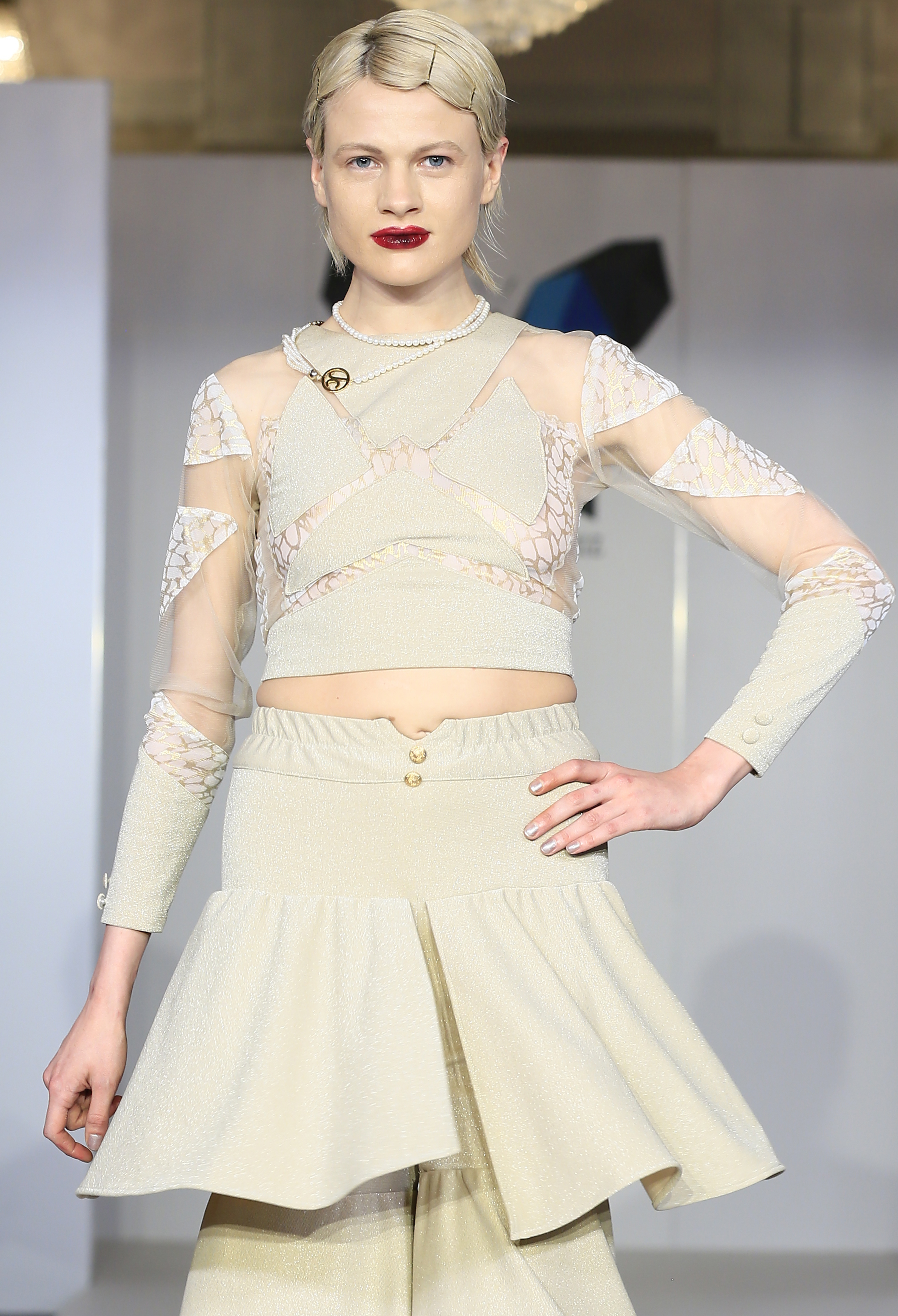London Fashion Week: Leading vets warn that any designers showing fur will breach LFW’s Positive Fashion animal welfare guidelines
Ahead of London Fashion Week which starts Feb 15th, leading veterinarians and #FurFreeBritain campaigners at animal charity Humane Society International/UK have released a report warning that if designers put real fur on the catwalk, they will directly breach the British Fashion Council’s ‘Positive Fashion’ guidelines, which include the ‘Five Freedoms’ of animal welfare: freedom from hunger and thirst; discomfort; pain, injury or disease; fear and distress; and with the ability to express normal behaviour.
The report authored by leading veterinarians, Professors Stephen Harris, Marc Bekoff and Alastair MacMillan and Drs Sandra Baker, Andy Butterworth and Alick Simmons, warn that the intensive farming of fur-bearing animals is incompatible with these Five Freedoms. Read the report here.
The Five Freedoms are a scientifically underpinned framework developed forty years ago to promote the humane treatment of animals. Now universally recognised, they have been adopted across the world, and as such the Positive Fashion guidelines advise that all animal products shown on the LFW runway should come from animals whose lives meet these essential welfare standards. That, say the vets, is impossible to meet if using fur.
In September 2018 London Fashion Week was hailed as progressive for being fur-free in all collections shown. The fur-free runway was, in part, thanks to fur increasingly being shunned by designers due to greater awareness of the suffering inherent in the industry; it was also thanks to the British Fashion Council’s Positive Fashion guidelines.
Around the world in countries such as the U.S., France, Poland and China, animals on fur farms are subjected to terrible conditions. Beautiful wild animals are kept their entire lives in small, barren cages, physically and mentally deprived, before being killed and skinned for their fur. Wild animals such as coyotes fair no better, caught in agonising traps often for hours or even days before being shot.
In the last two years alone leading international designers including Gucci, Versace, Burberry, Chanel Michael Kors, Jimmy Choo, Coach, Belstaff, Donna Karan/DKNY, Diane Von Furstenberg, 3.1 Phillip Lim and Maison Margiela, have made a commitment to go fur-free. Retailers including Yoox Net-a-Porter and Farfetch have also vowed to stop selling real fur.

Fur facts:
- More than 100 million animals globally are reported to be killed every year for their fur. In addition to the physical and psychological torment of being confined in small, barren cages for their entire lives, the killing methods typically used on fur farms are equally distressing. Mink are killed by gassing, and fox and raccoon dogs are killed by anal electrocution.
- Wild animals like coyote and wolf who are trapped for their fur, fare little better – they can languish in agony in cruel traps for hours or even days before dying from dehydration, starvation or attacks by predators or being killed when the trapper returns.
- Britain allows the import and sale of furs from a variety of species, including foxes, rabbits, minks, coyotes, raccoon dogs and chinchillas. Under existing EU Regulations import and sale of fur from dogs, cats and commercial seal hunts are banned, and campaigners want those bans extended to protect all species. Opinion polls show that most Brits agree – 80 per cent believe that it’s unacceptable to buy or sell animal fur in the UK, regardless of species.
